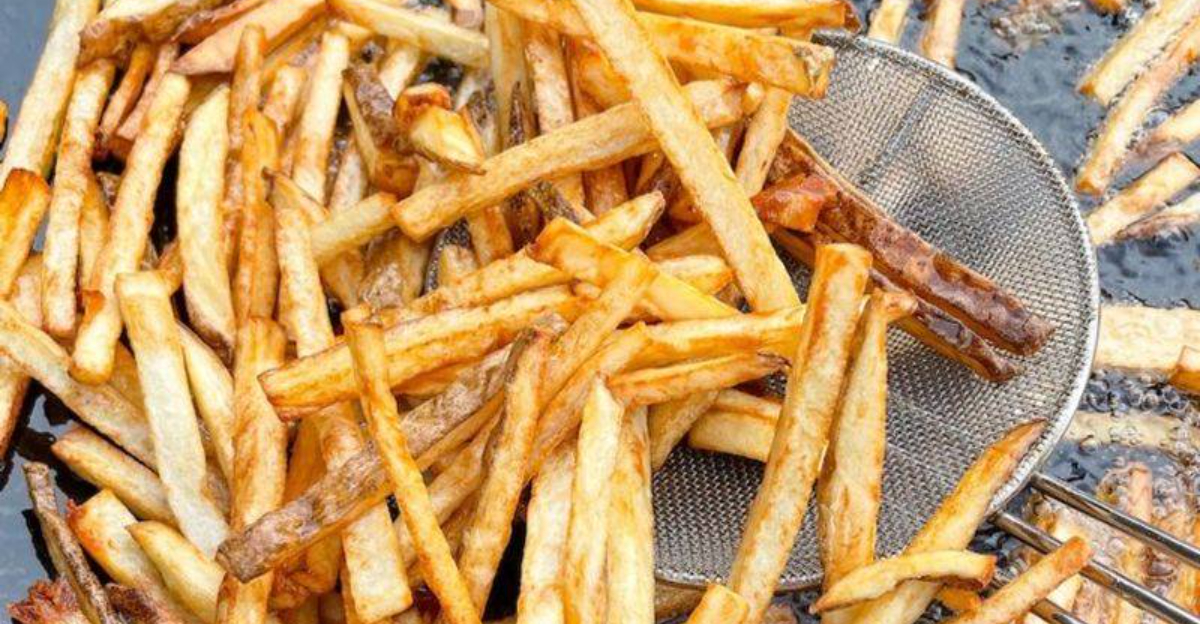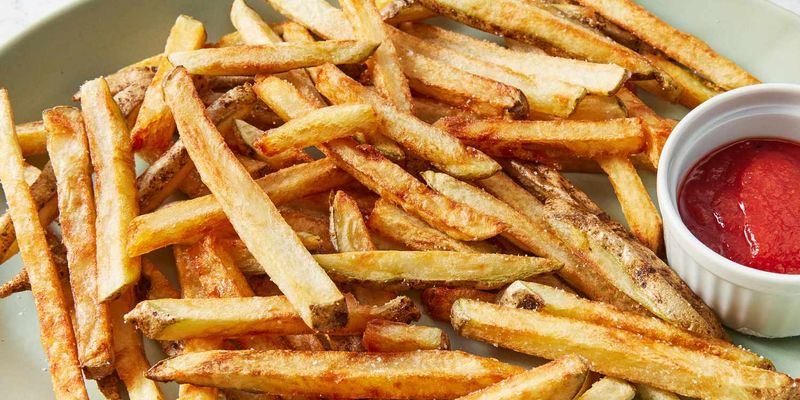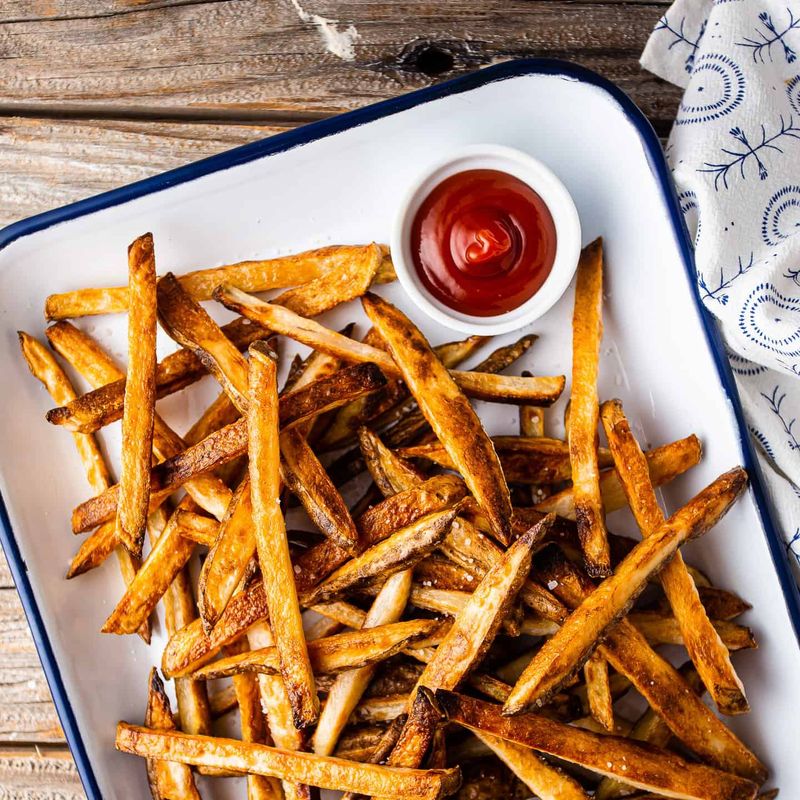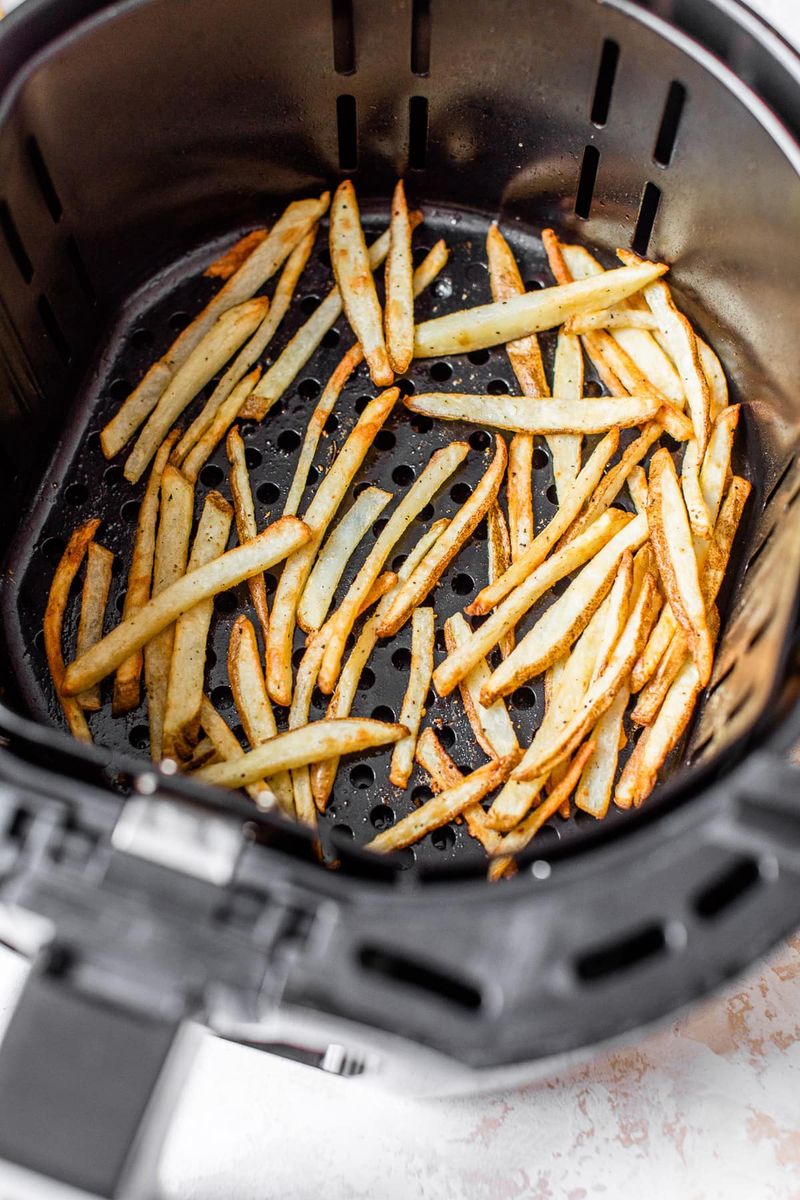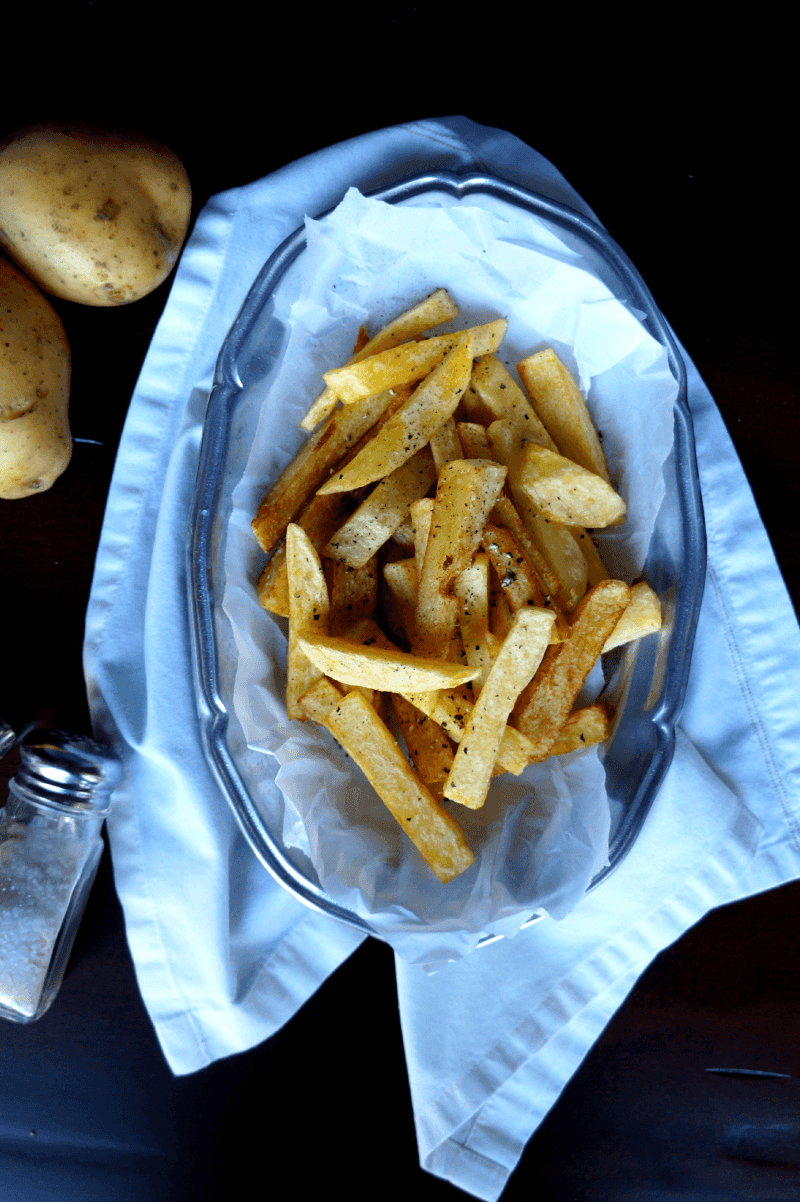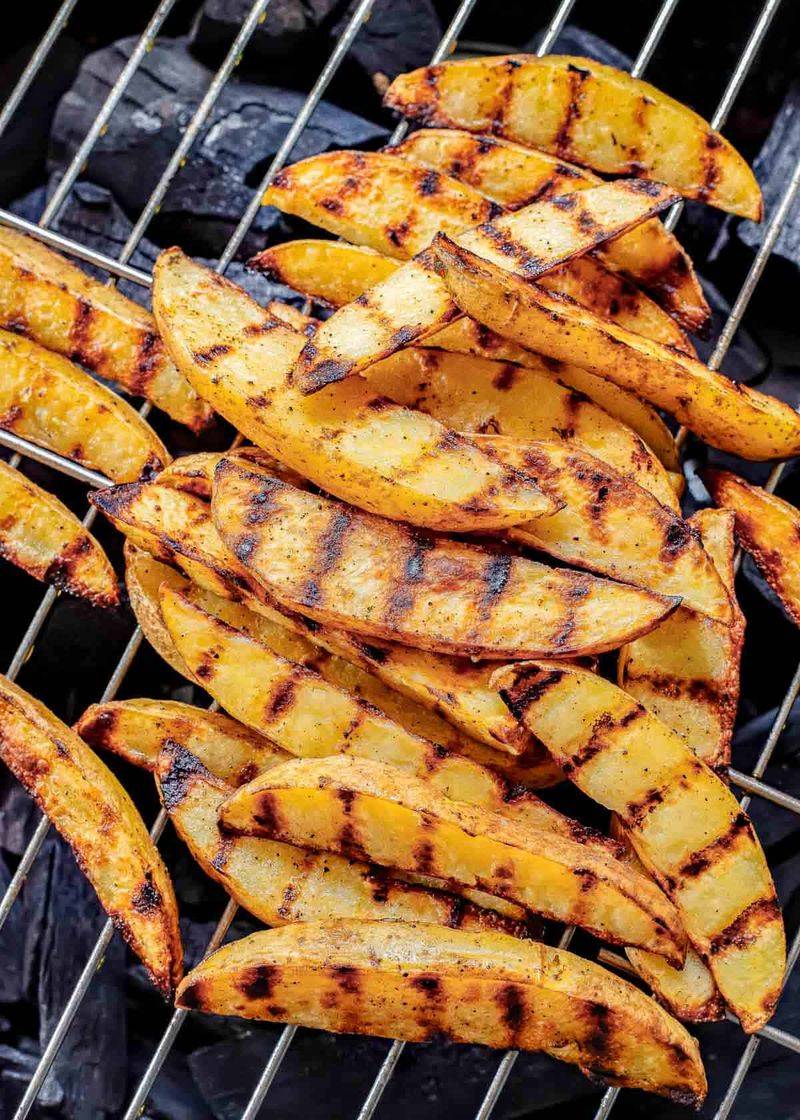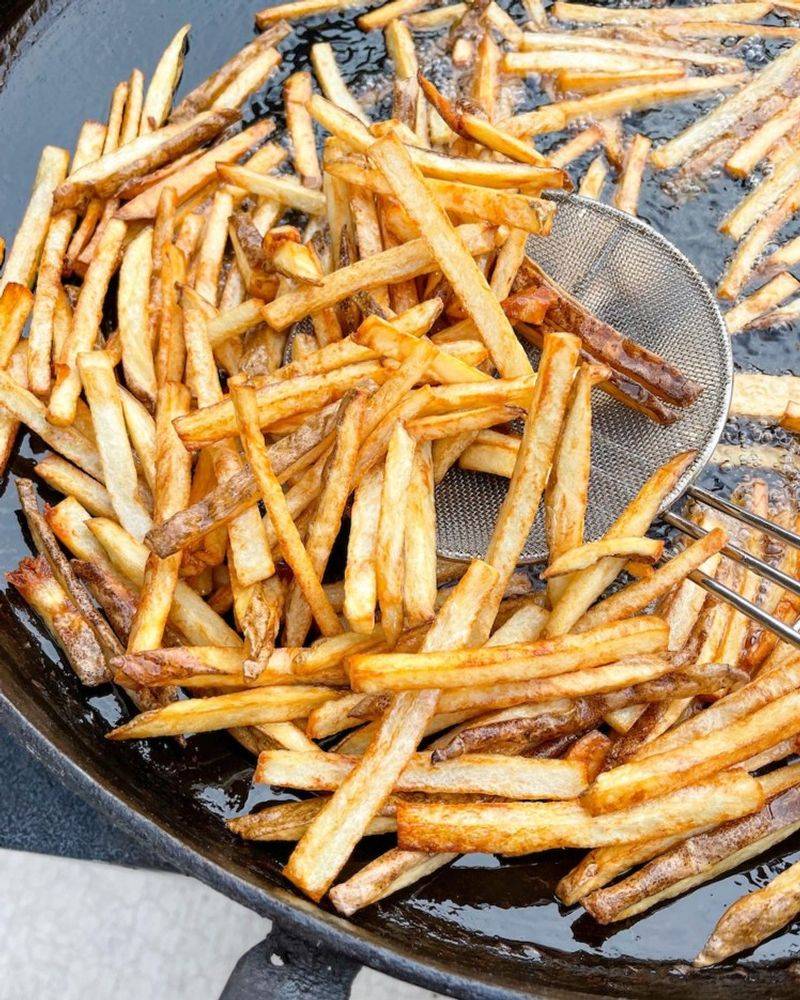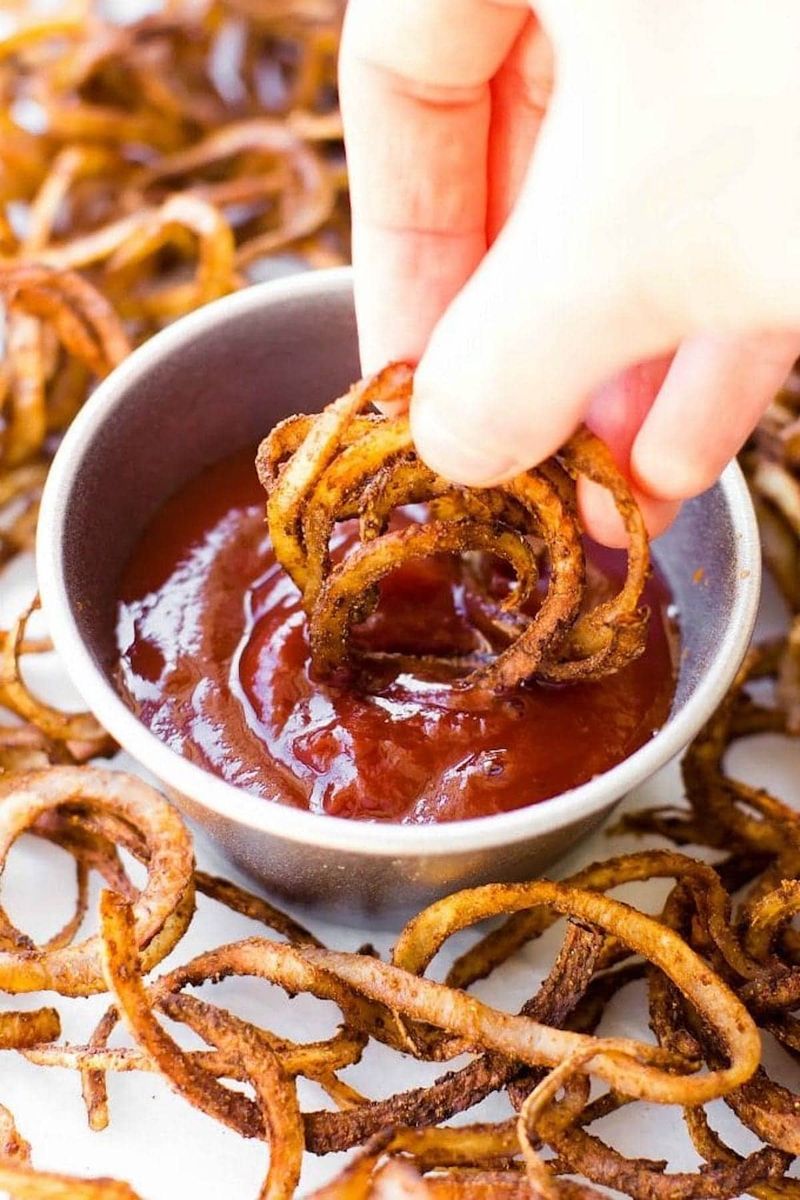I tested seven popular methods for making fries, from classic double-fry to trendy air frying, and one shockingly simple technique won. Along the way, I measured crispness, interior fluff, time, and effort so you can pick your perfect path. Expect a few surprises: some “healthier” methods out-crisped deep-frying, and one old-school trick changed everything. If you crave shatteringly crisp edges and creamy centers without stress, read on.
1. Classic Double-Fry (Bistro-Style)
The gold standard of crisp-meets-fluffy, the double-fry method delivers restaurant-level results at home. First, a lower-temperature fry cooks the potatoes through without browning; after resting, a hotter second fry creates a glassy, blistered shell.
The texture contrast is dramatic: crackling exterior, custardy interior. Downsides are oil management and time, yet reliability is unmatched. Rinse and soak potatoes to remove excess starch, then dry thoroughly for maximal crunch.
Choose a neutral, high-smoke oil and monitor temperatures closely. Season immediately while hot. If you want guaranteed greatness and don’t mind effort, this method sets the bar.
2. Crisp Oven-Baked Sheet-Pan Fries
Oven-baked fries can rival fried when technique is tight. The key is starch control and surface area: parboil cut potatoes, steam-dry, then toss with a touch of oil and a cornstarch-spice dusting.
Preheat the sheet pan so fries sizzle on contact, giving a head start on browning. Flip once for even caramelization. Expect slightly thicker, hearty fries with a sturdy crust and tender middle.
This method is cleaner, cheaper, and more hands-off than deep-frying. It’s ideal for weeknights, larger batches, and flexible seasoning. When you need convenience without sacrificing crunch, bake like you mean it.
3. Air Fryer Small-Batch Speedster
For speed and lighter oil use, the air fryer shines. Toss batons with a teaspoon of oil, then cook in a single layer, shaking halfway for even airflow. Results trend ultra-crisp outside, slightly drier inside than deep-fried—great for thin cuts or shoestrings.
Pre-soaking helps, and finishing with a minute at higher heat boosts crunch. The trade-off is capacity; multiple batches may be necessary. Still, you get weeknight-fast fries with minimal mess, perfect for burgers or a late-night craving.
Dial in timing for your model and thickness—consistency pays. It’s the easiest route to reliable crispness.
4. No-Fry Stovetop Sauté (Shallow Oil)
Shallow sautéing splits the difference between pan-roasting and frying. A thin layer of oil in a wide skillet gives high contact for browning without deep vats of fat. Start with par-cooked or well-rinsed and dried potatoes; arrange in a single layer, resist stirring until a crust forms, then flip in sections.
The result: deeply caramelized sides, softly steamy interiors, and a rustic appearance. It’s faster than oven baking and uses less oil than deep frying. Mind hot spots and avoid crowding.
Finish with butter, garlic, and herbs for bistro flair. Simple tools, impressive payoff.
5. Grilled Wedge Fries (Smoky Twist)
Grill marks and smoke transform chunky wedges into something special. Parboil or microwave until just tender, then toss with oil and spices. Grill over medium-high heat, turning to char all sides while finishing the cook-through.
The exterior gains crisp-chewy edges and subtle smokiness; inside stays fluffy. It’s ideal for cookouts, requires no large fryer, and pairs brilliantly with garlicky yogurt or chimichurri.
Watch for flare-ups and use a perforated tray for thinner cuts. If you love steakhouse vibes and bold flavor, these wedges deliver drama with minimal fuss and maximum backyard flair.
6. Cold-Start One-Pot Fries (Shockingly Easy Winner)
This sleeper method begins with raw potatoes and cold oil in one pot—no soaking, no parboil. Bring to a vigorous simmer and cook, stirring occasionally as fries release moisture, then crisp as water evaporates.
Results are astonishing: evenly golden, shatter-crisp outsides with plush centers, minimal babysitting, and less splatter. It’s efficient on time and cleanup, using surprisingly little technique. Temperature climbs gradually, reducing risk of pale, oily fries.
Finish with salt while hot. For most home cooks, this is the best balance of ease, texture, and repeatability—the “how is it this good?” method.
7. Spiralized and Seasoned Curly Crunch
Spiralizing creates maximum edges for outrageous crunch. Toss potato curls with a light oil coat plus a seasoning blend—paprika, garlic, onion, and a pinch of cornstarch. Air fry or bake on a wide sheet, separating strands for airflow.
The texture is wildly crisp with lacy bits that shatter, ideal for loaded toppings. It’s playful, visually striking, and cooks fast.
Watch salt levels; the thin strands absorb flavor quickly. Serve with smoky ketchup or harissa mayo. For party platters or weeknight fun, these curly fries deliver joy and texture in every tangled bite.
